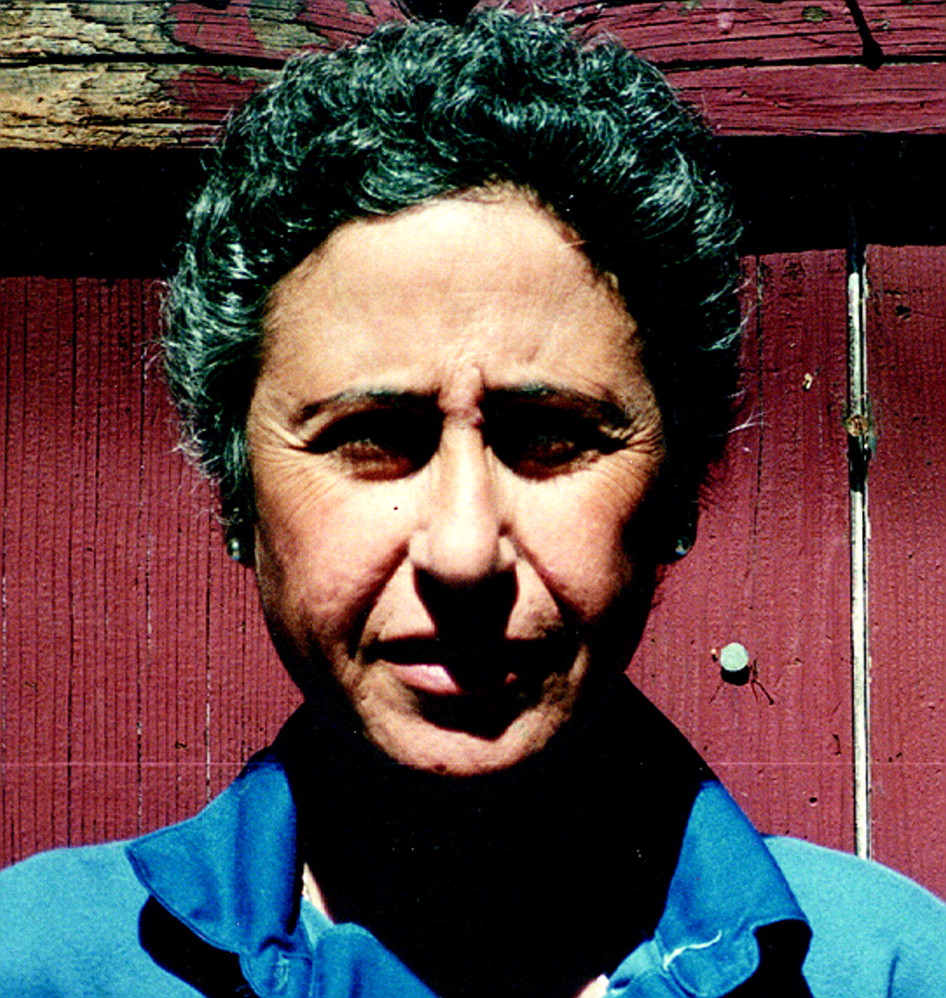Bearing Witness to the Trauma

The city of New York has been fighting for a return to normalcy and has done quite well. Most roads have reopened, transportation has bounced back, and the majority of New Yorkers have settled back into their daily routines.
Still, there are strong reminders of what happened that day. I was on the fourth floor of the hospital when someone shouted the news: “The World Trade Center has been hit by a plane.” We all ran to turn on the TV in the nurses’ lounge. A frantic reporter on CNN was verifying the terrible news, quite confused, shaken, and clearly unsure of what was going on.
In the next few minutes people were calling from all floors expressing their messages of horror. We had to see it ourselves to believe such news. Running upstairs to the 10th floor, where we could see the destruction, gave the news the reality of a nightmare. The first tower was engulfed by black clouds of fire. The upper floors were invisible under the smoke. Suddenly, people around me started to scream—one of the towers collapsed. Everyone was watching the scene in terror. It was a sight that one should have seen only in a horror movie.
Nonetheless, the tragedy had unfolded in front of our eyes, on a hospital oncology wing, on a day of blue sky and warm weather. It cannot be happening, people whispered to each other. When the second tower fell, it was even more shocking as all of us watched the scene appearing just a couple of miles away. We did not want to believe the reality we could not change, like the reel of a black-and-white movie rolling so close to our touch, a devastation beyond belief. We stood in front of the large window helpless.
By the end of the morning media reports were coming in rapid succession.
The streets were full of people escaping the site of the disaster in lower Manhattan.
Hospitals started to receive calls about injuries, and all of us were summoned to devise a plan for treating survivors in the following few hours.
The days after the attack were full of emotions and hardship for everyone living in New York City. Those who had relatives and friends working at the World Trade Center congregated in places where they could wait to hear about the missing beloved. Health care professionals were arranging their time to help as much as they could. Venturing down to ground zero has become a mission for many of us, a place where it all started and where rescue workers were digging and removing human remains and tons of debris.
Time passes, and things calm down. People must continue their struggle to survive the atrocities of life. By now the walls around the city are covered with photos of those who did not survive, a memory of more than 4,700 people who lost their lives. The proclamation of hatred of a few fanatics against the innocence of thousands is a reality that cannot sink very easily into our minds. Often we wonder about the origin of hate, anger, and acts of destruction in the name of unexplained religious duty. After such a disaster there is a gap left in the lives of many survivors. More than 1,500 children lost a parent; many had only one parent and are now orphans. An important symbol of this city has crumbled, and so did many symbols in the lives of those who have lost someone under the collapse of the mighty towers.
Stitching back together the lives of hundreds of people will be part of the help mental health professionals will need to provide in the months and years to come. Helping to overcome the feelings about the traumatic event, and supporting changes that many individuals must undergo in the interim, is gruesome and painstaking work. We set up counseling services and emergency stations for immediate help for those who need to talk or cry, and we provide a supportive ear for those who want to express their feelings. These are acute treatment plans; there will be long-term implications for many individuals, young and old. We will be called on to treat people with depression, PTSD, anxiety, panic attacks, and other major psychiatric disorders.
The reality of the disaster is something we psychiatrists and our patients will have to carry with us for the rest of our lives.
The faces looking at passersby from walls of buildings and the candles burning in front of entrances to corporate offices and fire stations are reminders that people do not forget the results of evil; they sometimes carry the memory for the rest of their lives and may need the help of a supportive psychiatrist. ▪
Dr. Bat-Avi is a PGY-4 resident at Beth Israel Medical Center in New York.



